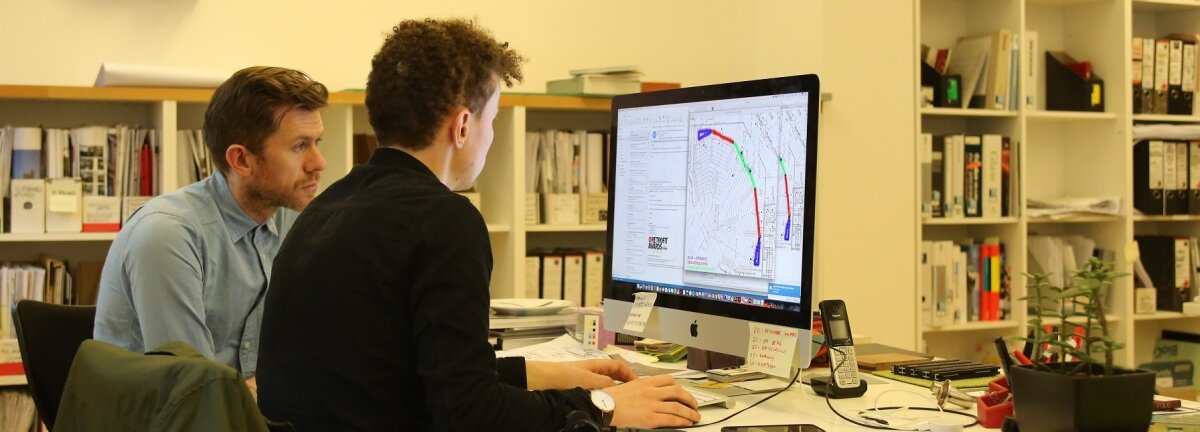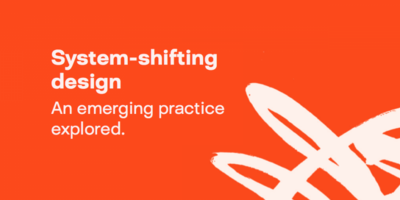The Design Economy 2018 – Page/Park

As part of our flagship Design Economy 2018 research, we present seven case studies, which bring to life how a selection of different firms use design in practice. For an introduction to the case studies, please see here.
Page\Park Architects is a renowned Glasgow based mid-sized architecture practice which has designed many iconic public buildings across Scotland. The firm is employee-owned and architects at all levels take an active role in the day-to-day running of the firm.
Location: Glasgow and Leeds
Size: 43
Design discipline: Architecture and master planning.
How design is used to enhance business innovation
When Page\Park moved to their current office a decade ago, they used it as an opportunity to restructure the company and refresh the practice. This led to the adoption of a more formalised approach they’ve coined ‘Centres of Gravity’ (COGs), which, as one of the directors describes them, function as their own ‘mini businesses’ bidding for work in their respective sector and with their own internal experts within the company.
There are two distinct types of COGs:
- Methodological: City & Land (planning, urban design); Conservation (heritage, historic preservation and adaptive reuse); and Briefing & Interiors (interior design and architecture)
- Typological: Creative Workspace (which encompasses workplace, education, and healthcare); Places to Live; and Arts & Culture
These COGs do often overlap and intersect, for example with their independent schools portfolio which often combines heritage work and master planning and brings together educational, residential, and cultural buildings within the same project. This organised COG approach has made the practice more efficient, specialised, and adept at winning new work, in particular where these overlapping COGs can give the firm a unique selling point.
“When you put all the COGs together it’s like a big table – we all contribute to the running of the company.“
What impact has this made?
The founders of Page\Park expressed hope that their architectural design and master planning work creates places, not just buildings. Page claims that their objective is to create ‘mini places’ in every project they do and that they qualitatively assess the impact and success of their projects on whether they are able to create spaces that are still loved and still stand 30 years on.
Want to know the full story? We’ve published our complete case study about how and why Page/Park uses design here.
Subscribe to our newsletter
Want to keep up with the latest from the Design Council?

